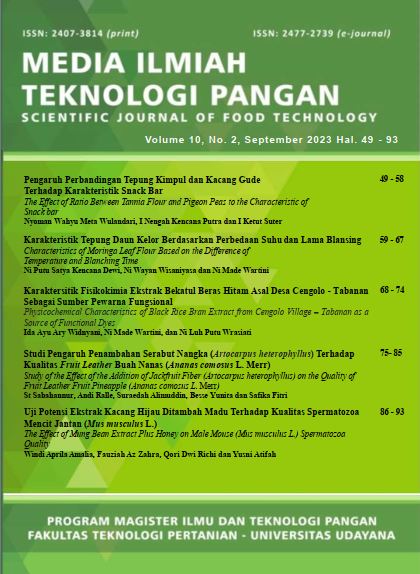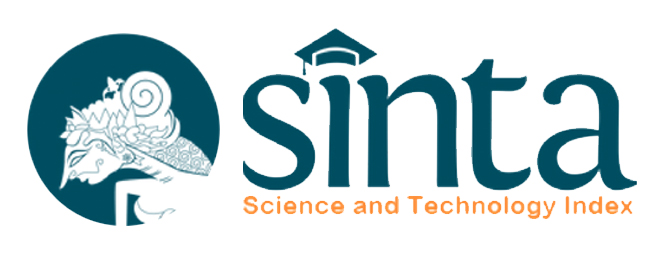UJI POTENSI EKSTRAK KACANG HIJAU DITAMBAH MADU TERHADAP KUALITAS SPERMATOZOA MENCIT JANTAN (Mus musculus L.)
Abstract
Mung beans are a type of legume that contains many vitamins, one of which is vitamin E. Honey contains monosaccharides, namely fructose, sucrose, glucose, and maltose. The purpose of this study was to determine the potential of mung bean plus honey on the quality of spermatozoa in male mice (Mus musculus). This research is a laboratory experimental study with the Based On The Reference method. The samples in this study were fifteen male mice (Mus musculus L.). Each group of male mice received different treatment, namely; the control group (P0) was given aquadest, the treatment group (P1) was given mung bean seed extract 30 mg/g BW mice plus 3 ml honey/day, and the treatment group (P2) was given mung bean seed extract 30 mg/g BW mice plus 0 .5 ml of honey). Before being treated, male mice were acclimatized for one week. Data analysis used the One Way ANOVA test and continued with the correlation test. The results showed that administration of mung bean extract plus honey had a positive effect on increasing motility of type A spermatozoa and decreasing motility of type D, as well as increasing the number of normal spermatozoa in male mice (Mus musculus L.). Giving mung bean plus honey worked optimally to improve the quality of motility and morphology of spermatozoa at a dose of 50 mg/g BB of mung bean extract + 3 ml of honey.








